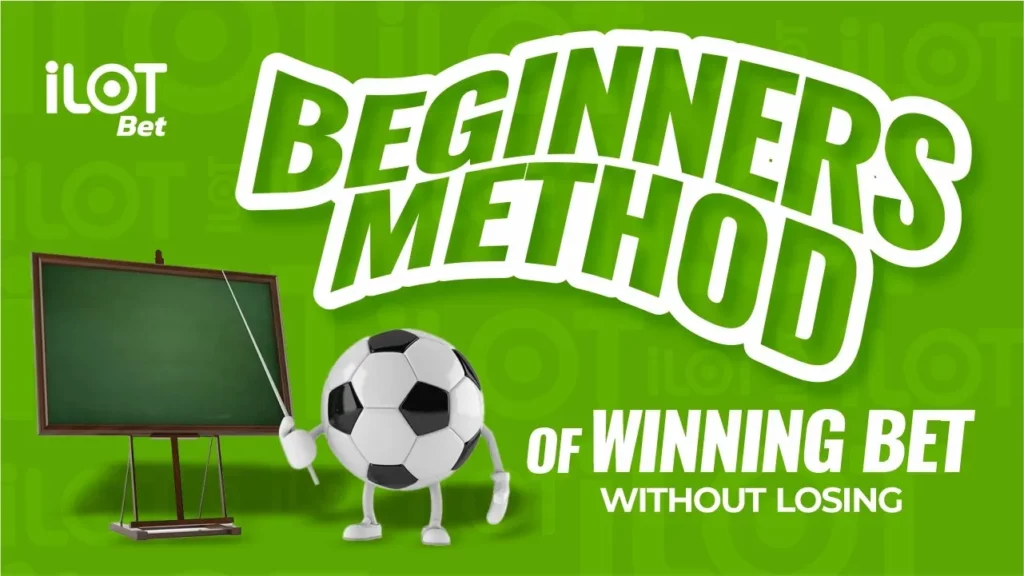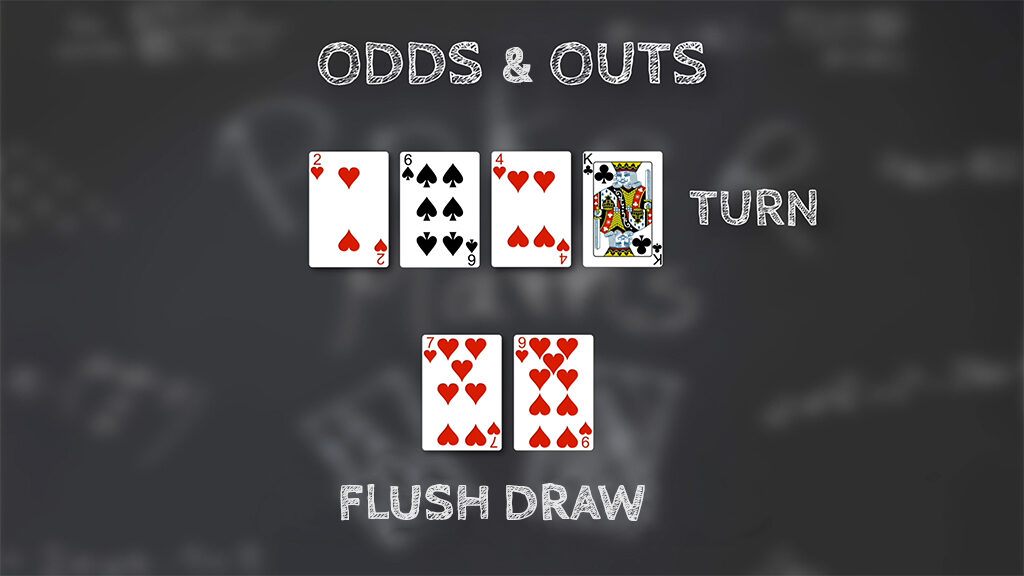Hei sobat slotter, mencari game slot terbaik hari ini? Kamu datang ke tempat yang tepat. Di sini kami akan mengulas game slot paling gacor dan mudah menang jackpotnya di tahun 2023 ini. Game slot online yang akan kami bahas kali ini adalah Hot Slots Today: Maxwin 2023 Easy Big Win Slots. Seperti judulnya, game slot ini benar-benar hot dan lagi naik daun. Alasannya? Karena game slot ini memberikan kemenangan jackpot terbesar dengan mudah.
Slot Gacor Terbaru 2023 Paling Gacor
Jika Anda mencari game slot terbaik, Anda telah datang ke tempat yang tepat. Anda dapat memainkan game ini hari ini, cara termudah untuk memenangkan jackpot terbesar.
Game slot terbaru paling gacor 2023
Permainan slot online paling populer saat ini adalah:
- Aztec Gems: Slot klasik 5 gulungan dengan simbol Aztec kuno dan jackpot progresif. Grafiknya bagus dan memiliki fitur bonus putaran gratis.
- Sweet Bonanza: Slot buah yang lucu dengan 6 gulungan dan fitur tumbuh liar di setiap putaran. Kombinasi simbol buah dapat memenangkan hingga 21.000x taruhan Anda!
- Lucky Panda: 5 gulungan 25 garis pembayaran dengan tema panda. Ada simbol liar, simbol pengganda dan putaran gratis di mana Anda bisa memenangkan hingga 80 putaran gratis!
- Mega Win 777: Slot klasik 3 gulungan dengan simbol ceri, tujuh dan bel seperti mesin slot klasik. Memiliki jackpot progresif dan dapat dimainkan dengan taruhan rendah.
Cobalah salah satu dari slot online terbaik ini hari ini dan Anda bisa memenangkan jackpot besar! Nikmati grafik berkualitas tinggi, fitur bonus dan tentu saja kesempatan untuk memenangkan uang sungguhan. Dengan sedikit keberuntungan, Anda bisa mendapatkan kemenangan besar!
Daftar Situs Slot Gacor Resmi Di Indonesia
Jika Anda mencari game slot terbaik, Anda telah datang ke tempat yang tepat. Anda dapat memainkan game ini hari ini, cara termudah untuk memenangkan jackpot terbesar. Berikut ini adalah daftar situs slot Gacor resmi di Indonesia:
- Pragmatic Play
Pragmatic Play adalah penyedia game slot online terkemuka di Indonesia. Mereka menawarkan berbagai pilihan game slot populer seperti Sweet Bonanza, Aztec Gems, dan Joker Jewels. Situs seperti Joker123 dan Slot88 menyediakan game slot Pragmatic Play.
- Habanero
Habanero adalah pengembang game slot online populer lainnya di Indonesia. Beberapa game slot terkenal mereka termasuk Koi Gate, 5 Lucky Lions, dan Taberna. Anda dapat menemukan game slot Habanero di situs seperti Joker388 dan Kartu66.
- Spadegaming
Spadegaming adalah penyedia game slot online asal Asia yang populer di Indonesia. Beberapa game slot terkenal mereka adalah Fortune Gods, Super Win 777, dan Book of Myth. Situs seperti Joker123, Slot88, dan Kartu66 menawarkan game slot Spadegaming.
- Playtech
Playtech adalah perusahaan pengembang game slot dan perangkat lunak perjudian online global. Mereka menyediakan beberapa game slot populer seperti Age of Gods dan Thai Paradise. Anda dapat menemukan game Playtech di situs seperti Ion Casino dan Ovo Casino.
Dengan banyak pilihan penyedia dan ratusan slot yang tersedia, Anda pasti akan menemukan mesin slot favorit Anda! Nikmati bermain dan semoga keberuntungan menyertai Anda!
Cara Menang Main Slot Gacor Mudah Jackpot
Untuk memenangkan jackpot di slot kemenangan besar yang mudah ini, ikuti tips berikut:
Pilih slot dengan pembayaran tinggi
Cari slot dengan RTP (pengembalian ke pemain) 95% atau lebih tinggi. Semakin tinggi RTP, semakin banyak Anda akan menang kembali dari waktu ke waktu. Beberapa slot terbaik adalah Starburst, Book of Dead, dan Bonanza Megaways. Slot ini memiliki RTP lebih dari 96% dan menampilkan spin gratis, pengali, dan jackpot besar.
Bertaruh besar untuk menang besar
Meskipun Anda tidak harus bertaruh maksimal pada setiap putaran, Anda harus bertaruh besar untuk memenangkan jackpot. Semakin banyak Anda bertaruh, semakin banyak yang bisa Anda menangkan. Bahkan bertaruh sedikit di atas batas minimum, seperti 0.20 atau 0.50 per putaran, dapat membuat Anda memenuhi syarat untuk mendapatkan jackpot. Simpan taruhan Anda yang lebih besar untuk saat jackpot terbesar.
Mainkan semua garis pembayaran
Sebagian besar slot memiliki banyak payline, hingga 50 atau lebih. Pastikan Anda memainkan semua garis pembayaran untuk mendapatkan peluang terbaik untuk mendapatkan jackpot. Simbol jackpot dapat mendarat di garis pembayaran apa pun, jadi lebih banyak garis pembayaran berarti lebih banyak peluang untuk menang. Taruhan maksimal juga berarti memainkan semua payline.
Cari fitur bonus
Slot dengan putaran gratis, pengali, dan fitur bonus lainnya menawarkan lebih banyak cara untuk menang besar. Cari slot yang menawarkan banyak spin gratis, hingga 50 atau lebih. Putaran gratis adalah kesempatan Anda untuk menang besar tanpa risiko. Juga cari simbol wild yang menggandakan atau melipatgandakan kemenangan Anda, dan permainan bonus yang dapat membayar hingga 10,000x taruhan Anda.
Mainkan saat jackpot terbesar
Banyak slot membangun jackpot mereka dari waktu ke waktu berdasarkan persentase dari setiap taruhan. Jackpot akan menjadi yang terbesar tepat sebelum seseorang memenangkannya. Periksa ukuran jackpot saat ini sebelum bermain dan cari slot dengan jackpot yang hampir tercapai. Semakin besar jackpot, semakin besar potensi kemenangan Anda jika Anda mendapatkannya!
Mengikuti tips ini akan membuat Anda siap untuk memenangkan jackpot yang mudah. Dengan slot yang tepat, taruhan maksimal, garis pembayaran penuh, fitur bonus, dan sedikit keberuntungan, jackpot besar itu bisa menjadi milik Anda! Teruslah bermain dan tetap bersabar-kemenangan besar Anda bisa datang di putaran apa pun.
Tips Ampuh Menang Bermain Slot Gacor Online
Untuk menang besar dengan memainkan permainan slot online terpanas saat ini, ikuti tips ampuh ini:
Pilih Slot RTP Tinggi
Persentase pengembalian ke pemain atau RTP mengacu pada berapa banyak uang yang dipertaruhkan pada permainan slot yang dibayarkan kembali kepada pemain dari waktu ke waktu. Semakin tinggi RTP, semakin besar peluang Anda untuk menang. Cari slot dengan RTP minimal 95-96% atau lebih tinggi. Slot RTP tinggi yang populer termasuk Ugga Bugga (99%), 1429 Uncharted Seas (98.6%) dan Jack Hammer (97.3%).
Bertaruh Maksimal
Meskipun tampaknya berlawanan dengan intuisi, bertaruh jumlah maksimum koin atau kredit per putaran sebenarnya meningkatkan peluang Anda untuk mendapatkan jackpot. Banyak jackpot progresif dan putaran bonus hanya dipicu ketika Anda bertaruh maksimal. Jika taruhan maksimal terlalu tinggi untuk anggaran Anda, pilih slot dengan taruhan maksimal yang lebih rendah sehingga Anda dapat bertaruh maksimal.
Bermain di Denominasi yang Lebih Tinggi
Sebagai aturan umum, semakin tinggi denominasi, semakin longgar slotnya. Slot sen mungkin tampak murah dan menyenangkan, tetapi slot nikel, seperempat, dan dolar sering kali memiliki peluang yang lebih baik. Kasino mampu membayar lebih banyak untuk permainan denominasi yang lebih tinggi karena taruhannya lebih besar.
Carilah Putaran Gratis dan Putaran Bonus
Permainan slot dengan banyak fitur bonus seperti putaran gratis, putaran bonus, simbol wild yang meluas, dan simbol bertumpuk cenderung membayar lebih sering. Fitur-fitur ini menambah keseruan ekstra dan lebih banyak cara untuk menang besar. Cobalah slot seperti Starburst, Gonzo’s Quest, atau Jack and the Beanstalk yang menawarkan banyak fitur bonus.
Ambil Istirahat
Meskipun keberuntungan berperan dalam kemenangan slot apa pun, bermain dengan cerdas juga penting. Beristirahatlah sejenak setiap 30 menit atau lebih untuk memfokuskan kembali konsentrasi Anda. Bangun, berjalan-jalan, ambil minuman atau makanan ringan. Menjernihkan pikiran Anda akan membuat Anda menjadi pemain yang lebih baik saat Anda duduk kembali di depan slot. Tetap waspada dan fokus adalah kunci untuk membuat keputusan taruhan yang baik dan melihat peluang untuk menang.
Mengikuti tips ini dapat membantu meningkatkan peluang Anda untuk meraih kemenangan besar di kasino online. Dengan sedikit keberuntungan dan strategi slot yang tepat, jackpot besar itu bisa berada dalam jangkauan Anda! Mainkan dan semoga berhasil!





